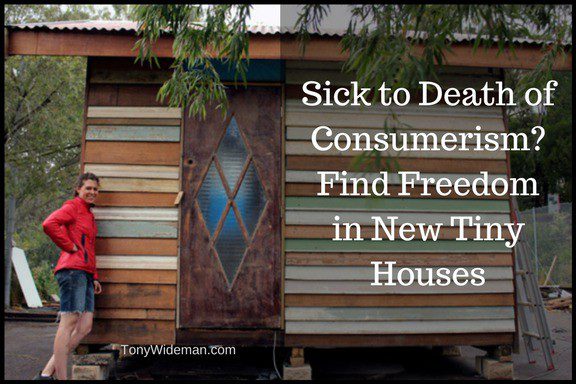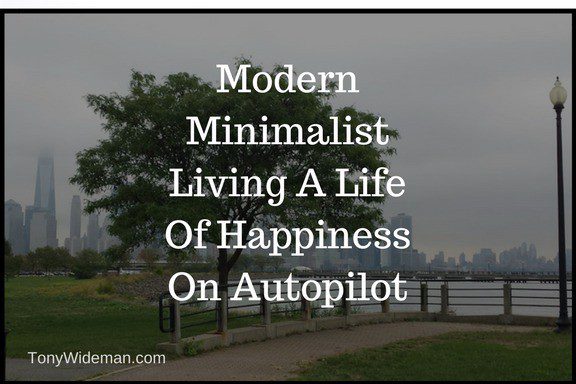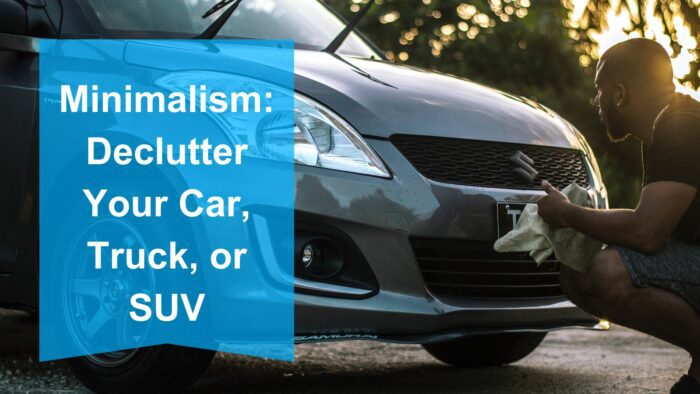Minimalism and Tiny House Living Brings Big Benefits

Marc Authier decided to downsize to a simpler life that would allow more time to relate to himself and to other people.
Sharon Petz decided she wanted to pursue minimalist living and spend more time in nature. Both of these individuals have built Tiny Houses to accommodate their needs for simplicity and minimalism.
Tiny Houses are part of a national movement that advocates living simply in a building that is 400 square feet or less, although many Tiny Houses are much smaller than that.
In the United States, average house sizes have grown from 1,780 square feet in 1978 to 2,662 square feet in 2013, despite smaller family sizes.
Proponents of the Tiny House Movement cite sustainability, economic independence, and green living as reasons to live small.
Authier, an energy analyst who now lives in Cottonwood with his wife, Carisa, originally built a Tiny House in Flagstaff in 2008 that was around 120 square feet.
He started with a double-insulated window that he found on Craigslist for $60 (worth $5,000 new) and designed the entire building around that.
By using recycled materials, building the house himself, and with the help of many friends, Authier was able to keep the cost quite low.
Two of the walls of his Tiny House were made out of papercrete, which is recycled old newspapers, cement, and some sand. “They are really stable, insulate well, and are fireproof,” said Authier. Other items in the house were recycled from “McMansions” that had an excess of building materials.
“When you’re building a Tiny House, it behoves you to spend a lot of time thinking about how you live,” said Authier. “Deciding how you exist defines your space. Most people are happier in Tiny Houses because it fits how you live.”.
Petz is semi-retired and works as a certified transformational life coach in Chino .alley. She recently had a customized Tiny House built on an 8’ x 20’ trailer.
Her Tiny House has 194 square feet of livable space and was finished in mid-October. Petz decided to put her Tiny House on wheels so that she could apply for a conditional use permit to make living in it legally.
Petz hired contractor Bret Hagan of Frontier Development to build her customized Tiny House. The house was finished in three months.
She was inspired by Danish Minimalism and used multi-functional furniture, creative solutions, and designs to keep her space uncluttered.
Petz decided to splurge on upgrades, such as in the bathroom, which has a rainhead shower, sandstone shower wall, a wall-mounted faucet, and a vessel resting on a granite countertop for a sink. There is also a composting toilet and upgraded lighting. “It looks like a spa,” said Petz.
Her Tiny House, called The Rose of Sharon, also has Cedar Cove siding, a green metal roof, and a small porch area.
“I’ve always been attracted to indoor/outdoor life. It’s important to build a deck or a space that you can step outside, as an extension of your living space,” Petz explained.
“Nature teaches me so much,” continued Petz. “It’s a spiritual experience, I feel the life all around me. There is inner peace and stillness that arises when you take the time to connect with nature.”
Building a Tiny House can cost as little as $3,500 if you use recycled materials and volunteer labor, or up to $25,000-35,000 for a customized space and trailer, depending on the upgrades.
Hiring a contractor to build it can add $16,000 or more. Authier and Petz agree that the benefits of downsizing have been worth it for them.
“Living in a Tiny House to me requires a re-evaluation of priorities,” said Petz. “There’s a greater emphasis on relationships and needs versus wants.
It provides an opportunity for financial freedom and travel. I can spend money on things I really care about – like travel – versus paying a mortgage, or updating and maintaining my property.”
“A tiny house is perfect if you would like a simpler life that is possibly more meaningful,” agreed Authier. “Or you can live the American Dream until economic circumstances force you out.”
Petz, who still owns her 2,000-square-foot house, plans to try out her Tiny House after it is furnished. “I’m curious if I shut things down at the house, what would the cost be?
I want to try it out myself, see what I come up with, and what the costs are. I’m excited about doing that,” she said.
Authier and his wife, who currently live in a 600-square-foot house, plan on building a treehouse on the river. “I’d like lazy days with my wife in a hammock,” he said.
“Our relationships with ourselves and other people are primary to our happiness. I grew up with more, but found I was most happy with less.” QCBN
By Elizabeth Hellstern, QCBN







